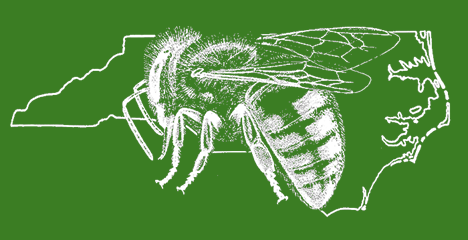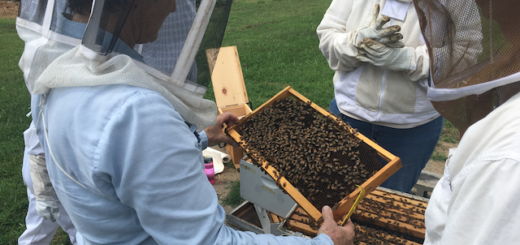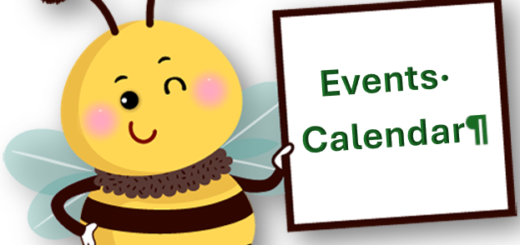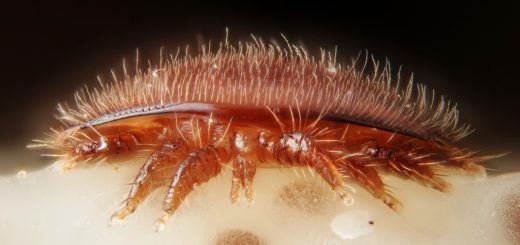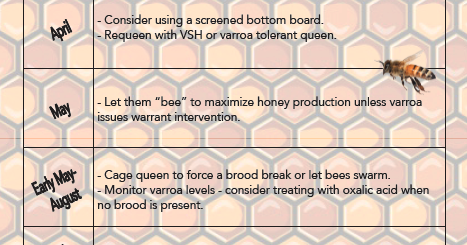
Every little bit helps!
- PLANT BEE-FRIENDLY FLOWERS AND HERBS IN YOUR GARDEN
- Choose native plants in a variety of shapes and colors to encourage diversity. Remember that native wildflowers will be better adapted to your climate than exotics.
- Among your native plants, make sure something is blooming each season (spring, summer, and fall). Some bee species are active all year, others only in April and May, still others in July and August, and all need to feed regardless of the date.
- For more local information see the Pollinator Conservation Guide at Growing Small Farms, NC State Extension
- Learn more:
- Why Bees and Pollination Are So Important: http://www.avasflowers.net/
why-bees-and-pollination-are- so-important -
Flower Fragrances That Attract Bees and Butterflies to Your Garden
http://www.fragrancex.com/fragrance-information/flower_ fragrances_that_attract_bees_ and_butterflies_to_your_ garden.html
- Why Bees and Pollination Are So Important: http://www.avasflowers.net/
- WEEDS CAN BE A GOOD THING
- Rethink your perfect lawn! A lawn full of clover and dandelions is a haven for honeybees (and other native bees).
- For more on flowering weeds for your turf: Reconsidering the weed, The Magazine of American Beekeeping.
- DON’T USE CHEMICALS AND PESTICIDES
- Pesticides can affect more than pests. Adding plants that draw natural pest-eaters (see above) and “companion planting”—including plants that naturally repel pests, such as garlic for aphids and basil for tomatoes—are good strategies to reduce chemical needs, according to organic gardeners. Maintaining healthy soil to keep plants’ immune systems strong can also help.
- BUY LOCAL, RAW HONEY
- PROVIDE WATER FOR THIRSTY BEES
- Put a small basin of freshwater outside your home. Hard-working bees always need a nearby source of water. During their foraging season, bees collect more than just nectar and pollen. They gather a whole lot of water. They don’t use it primarily to quench their thirst; they use it to dilute honey that’s too thick and to cool the hive during hot weather. Here’s a plan for a safe watering hole.
- BUY ORGANIC PRODUCE FROM YOUR LOCAL FARMER
- LEARN HOW TO BE A BEEKEEPER OR VOLUNTEER TO HELP OUT
- The NC Beekeepers’ Association, in conjunction with the Chatham County Beekeepers’ Association (CCBA) conducts a Beekeepers’ School to teach beekeeping skills to Chatham County residents every two years. Find information about the 2017 program at the NC Agricultural Extension, Growing Small Farms website.
- KEEP LEARNING
- Learn more about organizations that support pollinators and their habitats, such as Pollinator Partnership or the Honeybee Health Coalition.
- Learn more about
- GET INVOLVED
- Participate in citizen-science programs for pollinators such as Bumble Bee Watch (Xerces Society), The Great Sunflower Project (San Francisco State University), Fourth of July Butterfly Count (North American Butterfly Association), and the Monarch Larva Monitoring Project (Monarch Watch).
- LET CONGRESS KNOW WHAT YOU THINK

